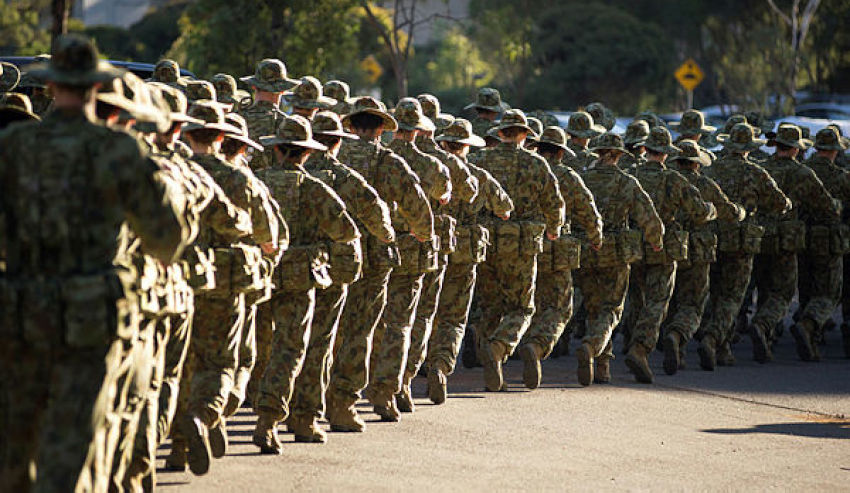@OPSSG Has covered the SAF operating the F-35B comprehensively in that thread and it makes a huge amount of sense for them as they can scatter their F-35Bs onto Freeways and range requirements are nothing like Australia's.
1. From 2030s onwards, Singapore will close Paya Lebar Airbase, leaving 5 fighter squadrons, 6 MRTTs, 4 G550 AEWs, 5 Fokker 50 MPAs, 5 Fokker 50 transports, 10 C-130Hs, all squeezed into only 2 fixed wing bases.
(a) These 100 fighters will be stationed in only 2 bases with diverts as highways/roads stretches that are well known to the enemy. The RSAF become more capable in the delivery of munitions but it is also much more fragile, if attrition occurs in the 1st ten days of war.
(b) To avoid total runway denial, the RSAF trains to operate from highways and has built even a small air strip in a remote island — to address one part of our threat matrix & the decision to downsize from 167 is a trade-off. The SAF accepted risk, to gain capability — including significantly improved EW, range in missions, SEAD & maritime strike capabilities.
(c) From a planning perspective, the RSAF prefer to spend money to acquire a larger air force (the orbat was 167 fighters, & reduced to 100 now) but are forced to make a trade-off, in the interest of urban development and the need to acquire new capability, for threat relevance.
(d)What most people don’t realise is that the South China Sea is already a no fly zone at war, unless coalition forces can delaminate layers of enemy defences.
2. Australia can disperse its fighters in a manner we cannot; and we are within mortar range of an occasionally hostile neighbour — that caused the RSAF to mobilise all 5 fighter squadrons in 2018. Our good neighbour also intruded into our airspace on Sept-11, 2021 (as it’s helicopter over flew an island where we conduct BMT, to test our scramble timing).
3. Closure of Paya Lebar means 1/3 of our runways are denied, even without enemy action. The route of #SPAR19 carrying Speaker Pelosi’s delegation, from KL to Taipei, skirting the entire South China Sea, in an abundance of caution should tell you, how far the balance of power has been shifting in favour of the PLA(N), over the disputed waters of the South China Sea — Brunei, Indonesia & Malaysia at the bottom of the 9-dash line are no longer sovereign in their EEZ without external assistance and assurance of friendly navies with hard power.
4. To avoid the thread from going nuts, there are no plans for the Singapore Navy to build or buy a F-35B capable carrier. With a defence budget of SGD 16.36 billion (USD12 billion) for 2022, Singapore’s 434 billion dollar economy, can’t afford to build a SAF that operates a baby carrier, at this time.
(a) With a 1.7 trillion dollar economy, what the RAAF needs is a 4th squadron of F-35As, first before anyone goes onto hypotheticals for a RAN carrier — even if you find the money, buy more F-35As. I still don’t think that such a force construct (with F-35Bs) suits Australia unless your defence budget is in the USD 55 to 65 billion range — other than SSNs, the Australian public is not really ready to open its purse strings at the expense of other things to grow the ADF too much beyond its current staffing levels or platforms (be it vessels, boats or aircraft). IMHO, existing the RAAF fighter wing is way too small, for the geography it needs to operate & defend.
(b) South Korea's defence budget for 2022 has been finalised at KRW54.61 trillion (USD46.32 billion). With a 1.8 trillion dollar economy, even the South Koreans after Moon are doing a re look on the F-35B, as they realise they have a limited budget — competing with Japan is less important than addressing the North Korean threat, at this time.
(c) Unlike Australia, in Nov 2021, with a 4.9 trillion dollar economy, Japan approved a significant supplemental budget, known as the
Defense-Strengthening Acceleration Package. This was done to bolster core defence spending for FY21 and FY22. All this occurred against the background of recent news
polls suggesting 64% – almost 2/3s – of Japanese voters support strengthening the country’s defences . The
modification of the two Izumo-class carriers to be able to operate the F-35B will improve the Japanese Maritime Self Defense Force’s ability to operate at greater range.
5. With regard to hostile forces in artificial islands in the South China Sea, increasingly, the SAF sees these urban littorals as:
(a) a chain of over 150 Natuna islands that our 6 Formidable-class frigates, 2 Archer-class & 2 Invincible-class submarines (soon to be commissioned) can reach or strike from;
(b) a contested space that ASEAN cannot cope with. The SAF’s tri-service participation in the Indonesian hosted Ex Garuda Shield 2022, (outside of the ADMM Plus framework), along with American, Australian, and Japanese forces, illustrate this security cooperation dynamics — a frigate, a LPD & a company of army deployment force from Singapore joins this exercise; &
(c) a place where the SAF’s 3rd Division or 21st division (rapid deployment division), in coalition with Australian, American and Japanese forces, can insert into via C-130Hs & CH-47Fs, to secure a remote air field for our F-35Bs to operate from, upon the request of the TNI.
6. Singaporean CH-47Fs are fitted with a long nosecone for a navigation radar, enlarged fuel tanks on sponsons and is equipped with an EO/IR turret below its nosecone. These DSTA specified modifications will support the future deployment of the CH-47F from Singaporean ships. The large side sponsons enable Singapore’s CH-47Fs to be employed for “Fat Cow” operations; to refuel F-35Bs & H225Ms, using the Forward Area Refueling Equipment Kit.

